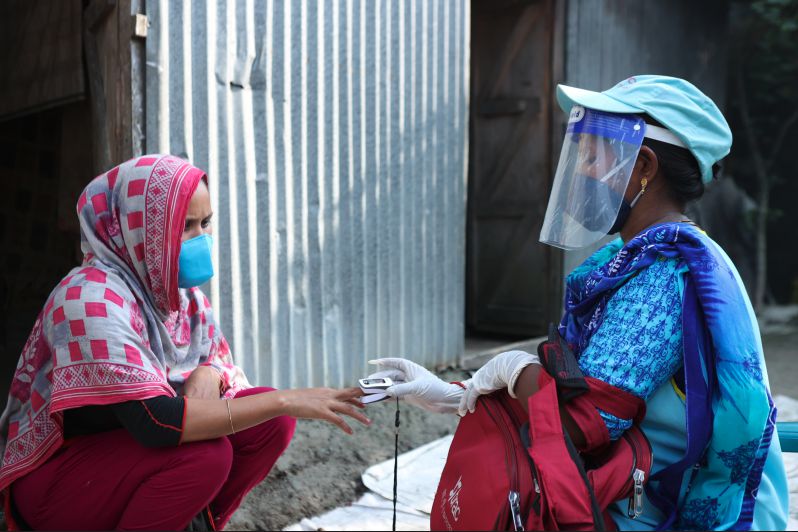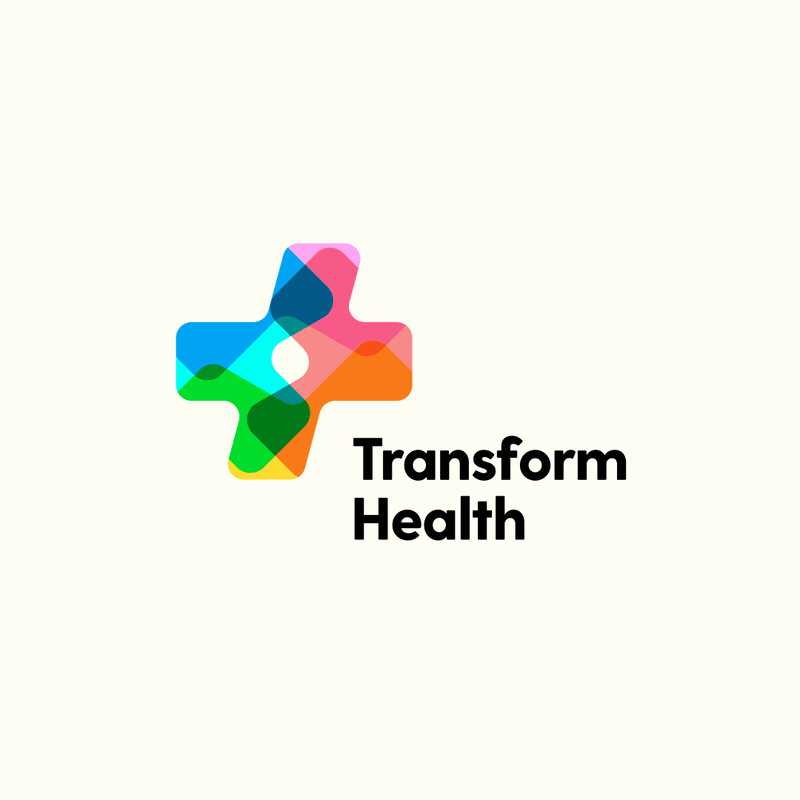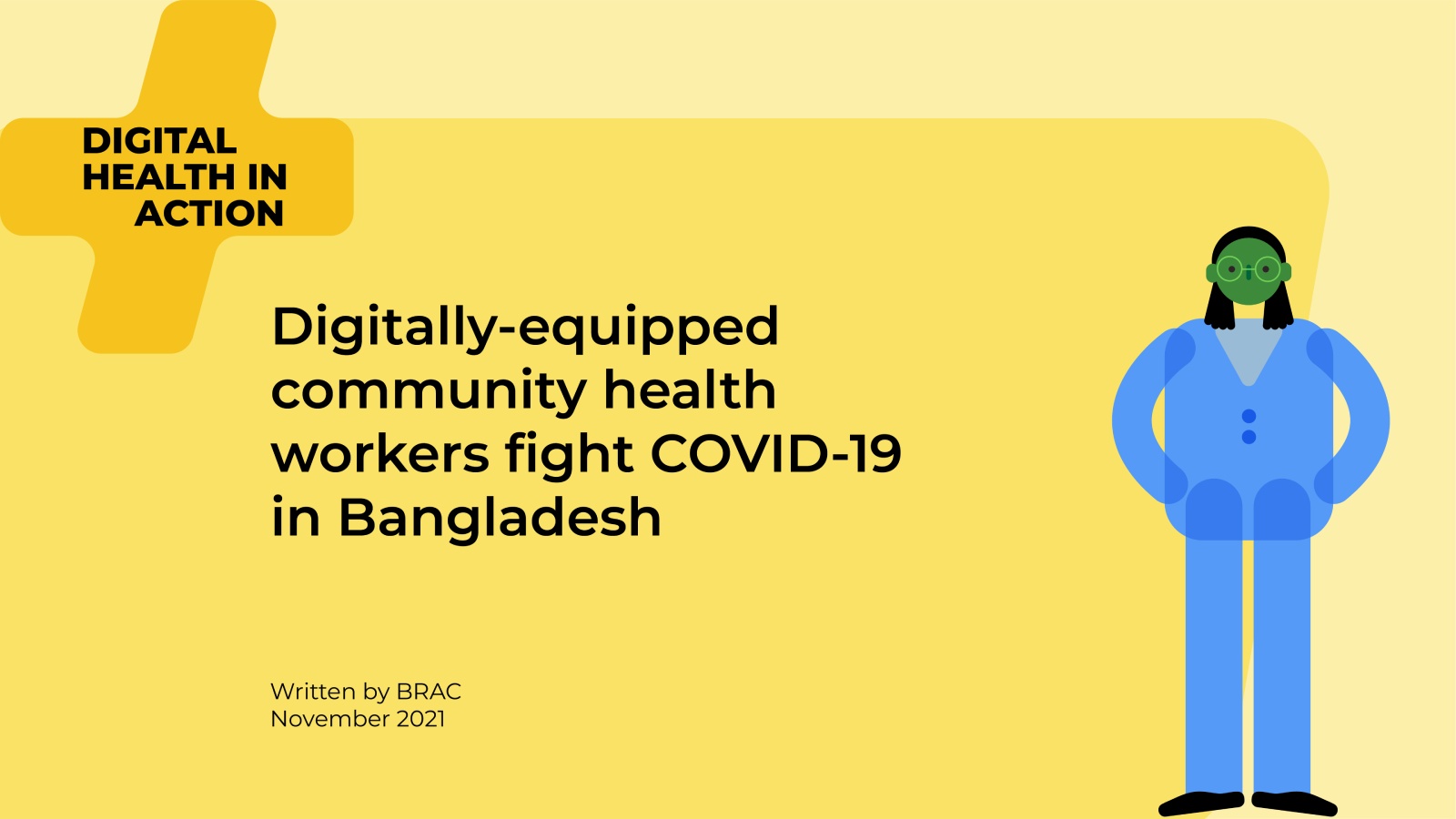Digitally-equipped community health workers fight COVID-19 in Bangladesh
BRAC, an international non-profit organisation founded in Bangladesh, has been at the forefront of the COVID-19 response. Despite reaching more than 81 million people across Bangladesh through mobilisation activities, a more intensified approach was required to combat recurring waves of the pandemic throughout 2021.

In response, BRAC saw a unique opportunity to leverage digital technology to disseminate key information and enable data-sharing with government partners. These digital tools have enabled more efficient delivery of critical health services by community health workers (CHWs) and augmented gaps in Bangladesh’s fragmented health care system. CHWs are local women trained by BRAC to provide primary healthcare services through door-to-door household visits. Throughout the pandemic, BRAC’s network of over 50,000 CHWs have acted as trusted sources of health information by curtailing the spread of misinformation, identifying suspected COVID-19 cases, and ensuring proper adherence and follow up at the household level.
Despite interruptions from COVID-19, BRAC launched a new mHealth application in 2020 to digitise data collection for over 98 million people in partnership with a technical partner, mPower. The app was built using OpenSRP, an open source mobile platform endorsed by the WHO and a growing number of governments, including the Ministry of Health and Family Welfare in Bangladesh. Approximately 4,300 CHWs were deployed with an Android-based
tablet for data collection and patient tracking. This is part of a larger initiative to digitise BRAC’s data health system, which will enable longitudinal tracking of millions of patients across Bangladesh. Beyond CHWs collecting individual and household data on mobile devices, the system will digitally link BRAC health facilities to CHWs and allow for tailored messages to be sent to CHWs for routine communication and remote training.
tablet for data collection and patient tracking. This is part of a larger initiative to digitise BRAC’s data health system, which will enable longitudinal tracking of millions of patients across Bangladesh. Beyond CHWs collecting individual and household data on mobile devices, the system will digitally link BRAC health facilities to CHWs and allow for tailored messages to be sent to CHWs for routine communication and remote training.
BRAC leveraged its existing mHealth platform to conduct syndromic surveillance under its ‘Community Fort in Resisting COVID-19’ (CFRC) project. Digitally equipped with tablets, 2,600 CHWs were trained to identify suspected COVID-19 patients. The app’s algorithm helps CHWs identify higher-risk suspected cases who show more severe symptoms. Suspected cases are then reported to local government officials for national case identification and tracking. Over 200 officials are actively using this platform to track and monitor suspected cases and leveraging this data to inform decision-making about resource allocation as the pandemic evolves.
Once a suspected case is identified, the patient is connected to a telemedicine hotline managed by BRAC staff. Hotlines were primarily established in rural communities to provide telemedicine services to those without formal access to health care. An average of 800 calls are received per day—a number that has continued to climb—with 67% of suspected cases reporting symptoms through the hotline. This technology has greatly improved the speed at which CHWs identify, monitor, and follow up on suspected cases and ensures that communities receive tailored and timely medical guidance. In some areas, these hotlines have greatly reduced demand on health facilities as people can receive support from home without overburdening hospitals who are already inundated with COVID-19 cases.
The use of digital technology has greatly improved the speed at which communities access health information. With data-sharing becoming even more vital, BRAC is working alongside the government to improve interoperability and capacity building for more targeted and proactive response efforts. As a strategic thought partner within the digital health space, BRAC is collaborating with a variety of partners to explore how data science solutions can improve health outcomes and showcase the impact of CHWs. To transform community health systems, we will continue to invest in digital health solutions so that all can access quality, affordable care when they need it most.
For more information on BRAC’s response efforts in Bangladesh, please visit


